Tate Modern: A World in Common
An ‘abbreviated’ but ‘compelling’ show of works from 36 African photographers
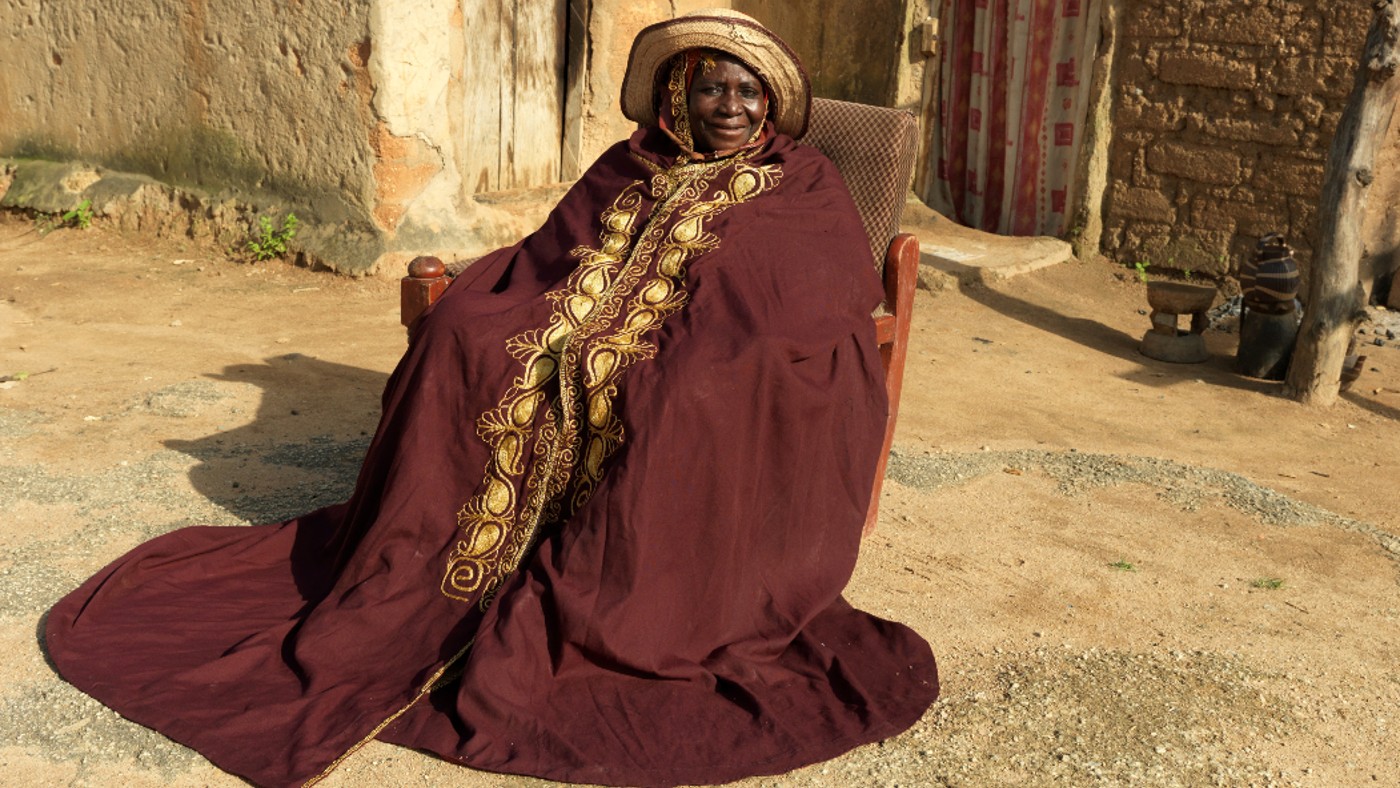
During the colonial period, when Africa was almost entirely divided up by European powers, “the camera became something of an imperial device”, said Sarah Cascone on Artnet.
Western photographers’ images told stories “about the history, culture and identity of the African continent” – often portraying it and its inhabitants as exotic and alien.
Tate Modern’s new exhibition, subtitled ‘Contemporary African Photography’, seeks to counter this tendency by showcasing the work of African photographers who have used the medium “on their own terms”.
The Week
Escape your echo chamber. Get the facts behind the news, plus analysis from multiple perspectives.

Sign up for The Week's Free Newsletters
From our morning news briefing to a weekly Good News Newsletter, get the best of The Week delivered directly to your inbox.
From our morning news briefing to a weekly Good News Newsletter, get the best of The Week delivered directly to your inbox.
Broad and ‘bitty’
This ambitious show brings together around 100 works by 36 artists from across the continent, dating from the immediate post-colonial period to the present day. It seeks to show how contemporary photographers are reclaiming African history and inviting viewers “to reconsider the continent’s place in the world”.
There are moments where the art here justifies the show’s lofty intentions, said Alastair Sooke in The Daily Telegraph. Hassan Hajjaj’s “stereotype-smashing” portraits of an all-female biker gang from his native Morocco, for example, “fizz like stills from a vintage MTV video”. Sabelo Mlangeni’s Country Girls series is a “psychologically complex and revealing” project documenting gay life in rural South Africa.
But as a whole, the exhibition feels “abbreviated and bitty”. And how could it be otherwise? There are 1.2 billion people in Africa, and the show covers a period of 60 years. One moment we’re at a South African picnic; the next we’re in an indigenous community in Algeria. And the curators’ insistence that all the artists here are repudiating “the colonial gaze” seems rather unconvincing.
At times there does seem to be a prevailing aesthetic: photos with a “theatrical quality enhanced by painted backdrops and plasticky props”, featuring high-keyed colours and eye-catching patterns. But African photography as a whole proves “impossible to corral”.
A free daily email with the biggest news stories of the day – and the best features from TheWeek.com
‘Dynamic’ visions
Of course the show covers a lot of ground, said Laura Cumming in The Observer. But the 36 artists are judiciously selected, and offer many “exhilarating, dynamic, compelling and profound” visions of this “unimaginably vast continent”.
Nigeria’s Andrew Esiebo fields “colossal cityscapes” of a “teeming Lagos” in which “people park their cars on the highways and demolished buildings are propped up as shacks”. George Osodi’s “dazzling” photographs of present-day Nigerian monarchs in their finery record a part of that country’s heritage all but ignored in Europe.
There are 1950s Algerian villagers “got up like Marlon Brando”, and “Mauritanian migrants trying to reach the shores of the Mediterranean”. Edson Chagas’s extraordinary passport-style photos of Angolans show each sitter wearing “a highly expressive Bantu mask”. It all adds up to a terrifically “vital experience”.
Tate Modern, London SE1 (tate.org.uk). Until 14 January 2024
-
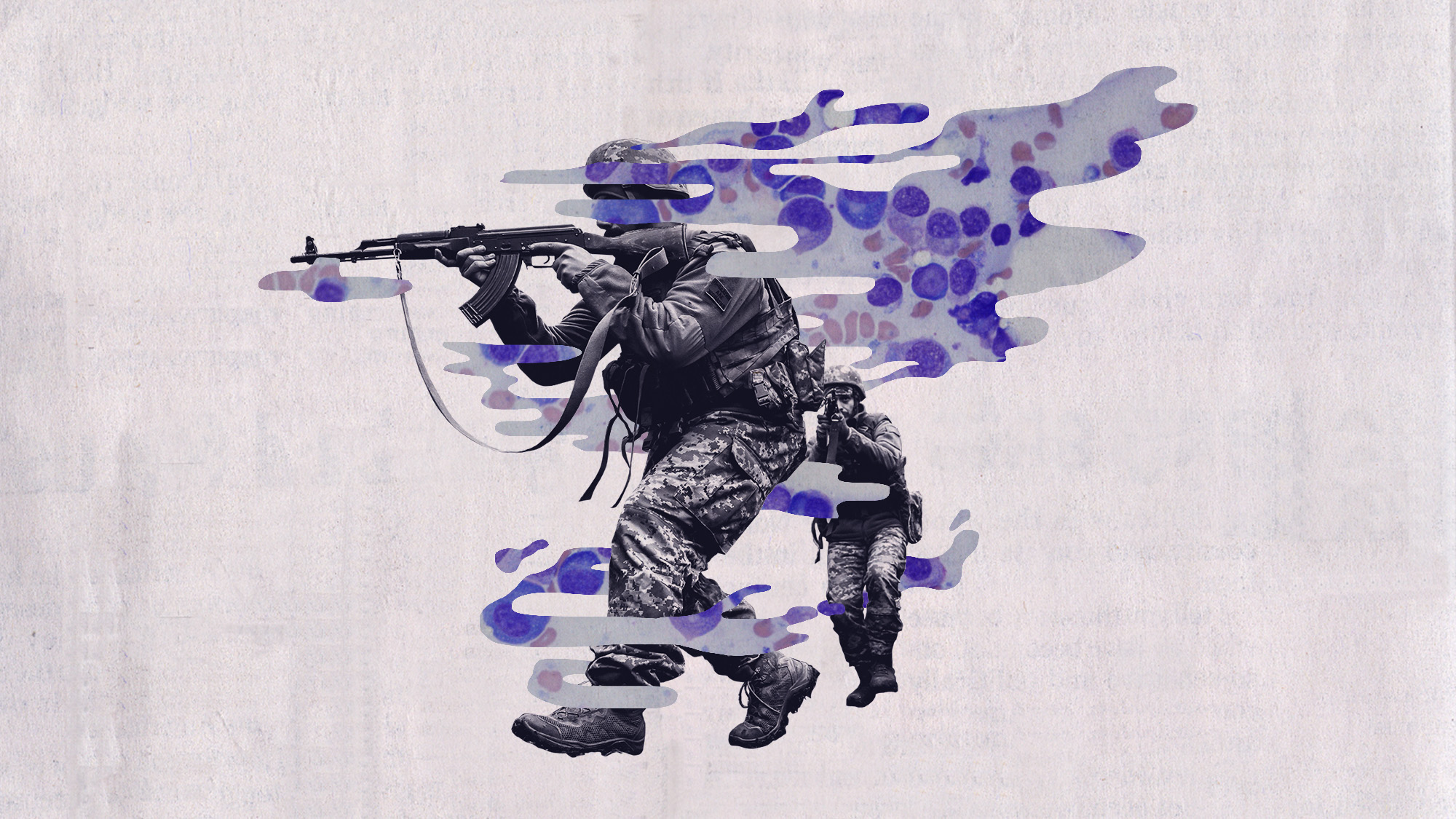 Antibiotic resistance: the hidden danger on Ukraine’s frontlines
Antibiotic resistance: the hidden danger on Ukraine’s frontlinesUnder The Radar Threat is spreading beyond war zones to the ‘doorstep’ of western Europe
-
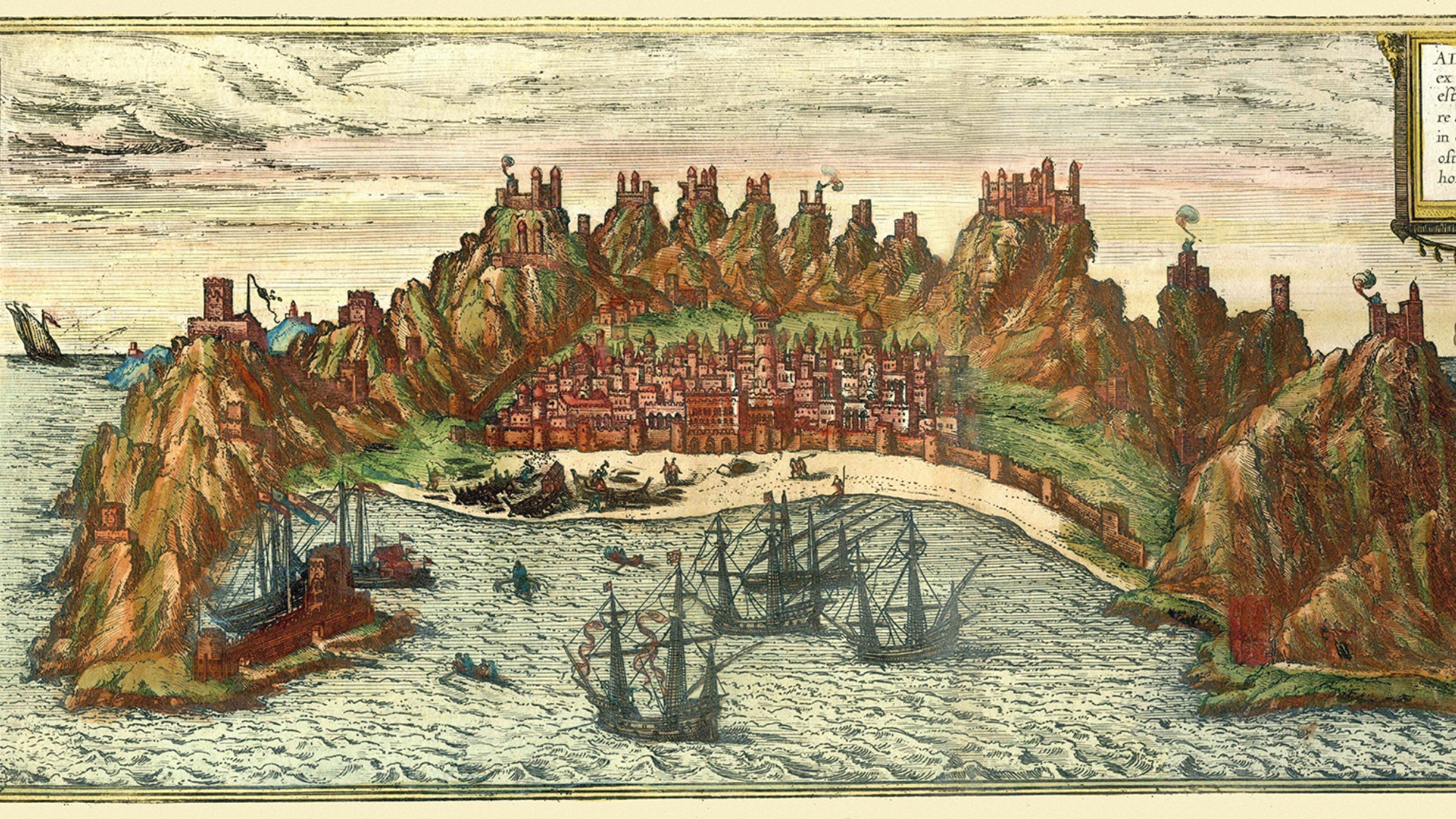 ‘Capitalism: A Global History’ by Sven Beckert and ‘American Canto’ by Olivia Nuzzi
‘Capitalism: A Global History’ by Sven Beckert and ‘American Canto’ by Olivia NuzziFeature A consummate history of capitalism and a memoir from the journalist who fell in love with RFK Jr.
-
 Who will the new limits on student loans affect?
Who will the new limits on student loans affect?The Explainer The Trump administration is imposing new limits for federal student loans starting on July 1, 2026
-
 ‘Capitalism: A Global History’ by Sven Beckert and ‘American Canto’ by Olivia Nuzzi
‘Capitalism: A Global History’ by Sven Beckert and ‘American Canto’ by Olivia NuzziFeature A consummate history of capitalism and a memoir from the journalist who fell in love with RFK Jr.
-
 Frank Gehry: the architect who made buildings flow like water
Frank Gehry: the architect who made buildings flow like waterFeature The revered building master died at the age of 96
-
 6 lovely barn homes
6 lovely barn homesFeature Featuring a New Jersey homestead on 63 acres and California property with a silo watchtower
-
 Film reviews: ‘Marty Supreme’ and ‘Is This Thing On?’
Film reviews: ‘Marty Supreme’ and ‘Is This Thing On?’Feature A born grifter chases his table tennis dreams and a dad turns to stand-up to fight off heartbreak
-
 Heavenly spectacle in the wilds of Canada
Heavenly spectacle in the wilds of CanadaThe Week Recommends ‘Mind-bending’ outpost for spotting animals – and the northern lights
-
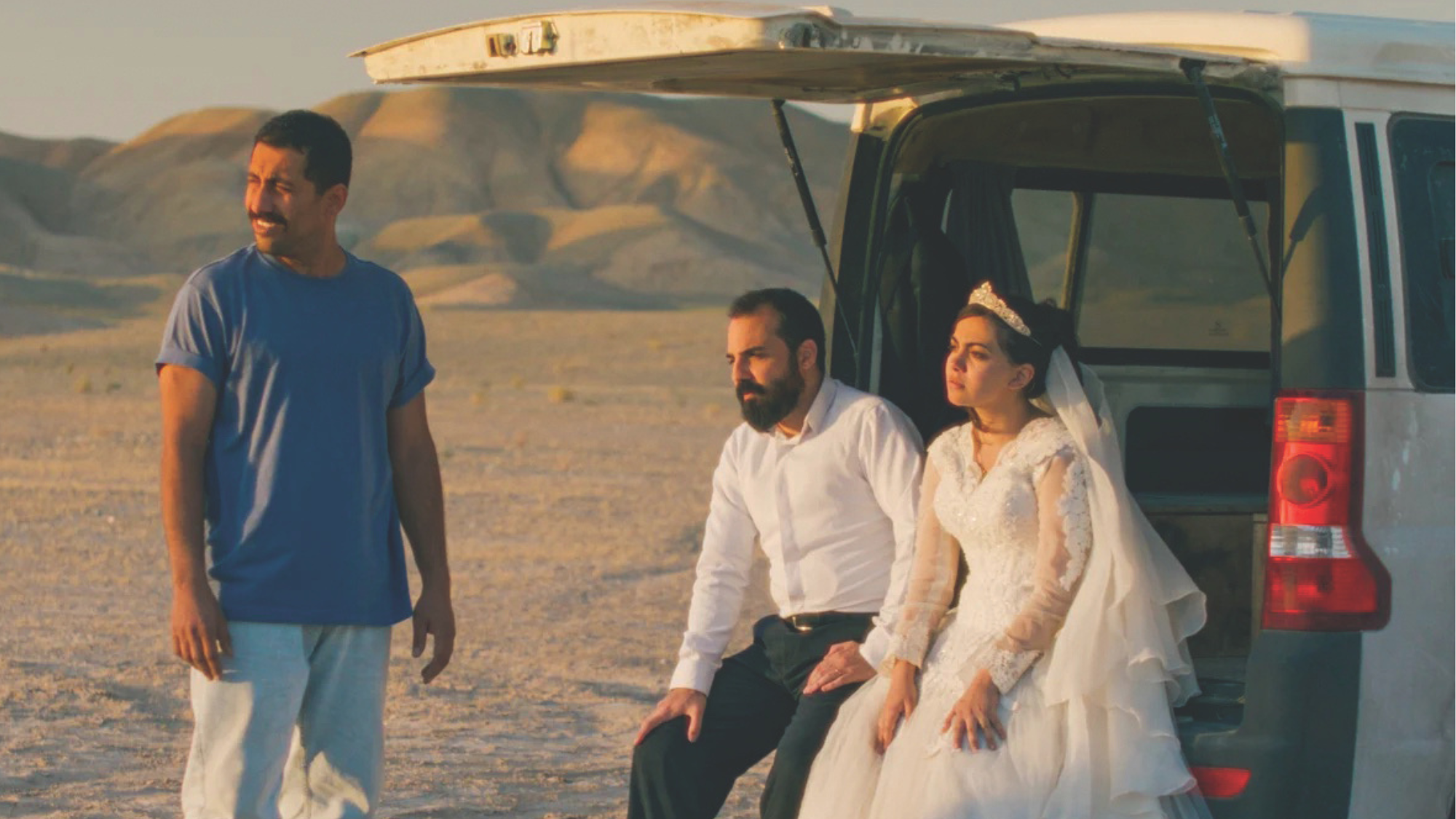 It Was Just an Accident: a ‘striking’ attack on the Iranian regime
It Was Just an Accident: a ‘striking’ attack on the Iranian regimeThe Week Recommends Jafar Panahi’s furious Palme d’Or-winning revenge thriller was made in secret
-
 Singin’ in the Rain: fun Christmas show is ‘pure bottled sunshine’
Singin’ in the Rain: fun Christmas show is ‘pure bottled sunshine’The Week Recommends Raz Shaw’s take on the classic musical is ‘gloriously cheering’
-
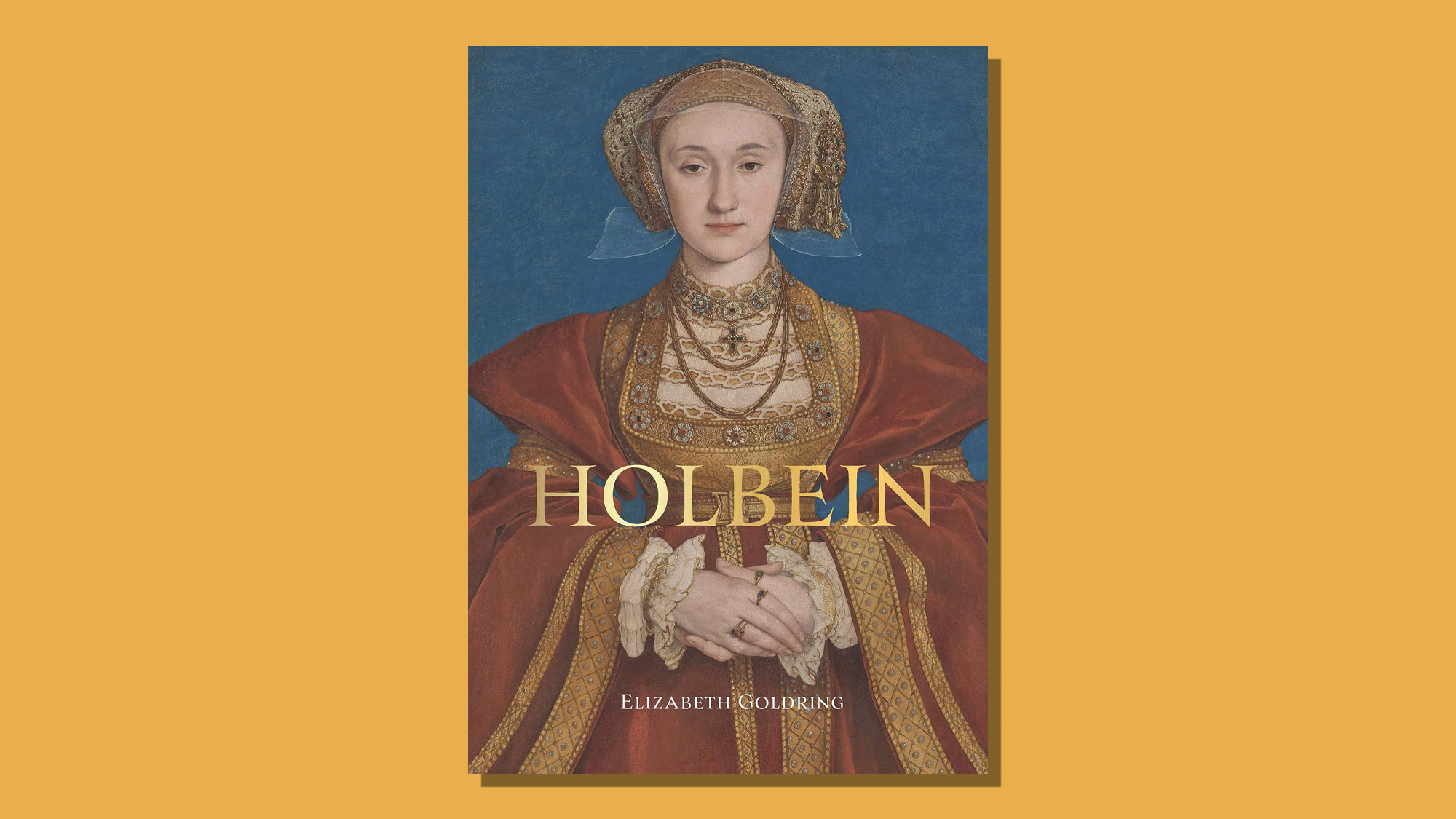 Holbein: ‘a superb and groundbreaking biography’
Holbein: ‘a superb and groundbreaking biography’The Week Recommends Elizabeth Goldring’s ‘definitive account’ brings the German artist ‘vividly to life’